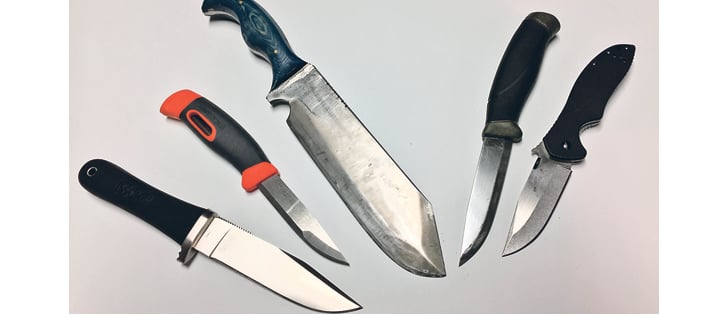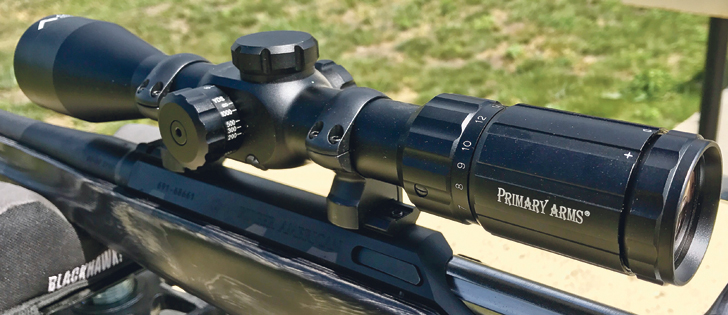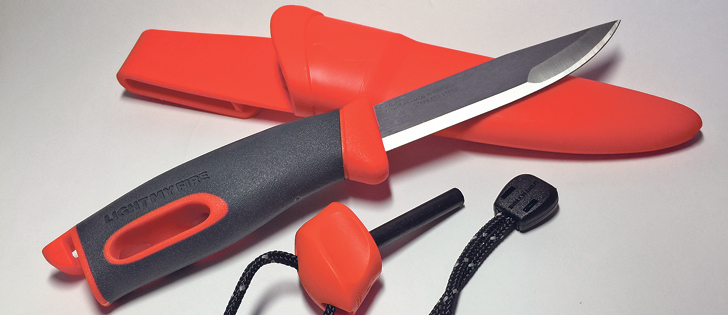It is easy for the average person to be intimidated or overwhelmed by the countless knives that are on the market. It is possible to cut through it all with some simple guidelines.
Determine first what the knife will be used for. Will the knife be used for daily cutting tasks, in the kitchen or a specific kind of outdoor activity?
Ask yourself the size of the average cutting task for new knife. Making big cuts is generally more efficient with larger blades.
Small cutting tasks are best done with a smaller blade. Smaller knives are also easier to regularly carry.
Read Also

Proactive approach best bet with looming catastrophes
The Pan-Canadian Action Plan on African swine fever has been developed to avoid the worst case scenario — a total loss ofmarket access.
Our arms and hands generally make arcs when making a slicing motion, and curved blade edges efficiently suit that kind of movement. Chopping or sawing movements tend to favour straighter blade edges.
The comfort and feel of the handle are important considerations, especially if you will be using the knife for extended periods. The handle should be large enough for your hand, be comfortable and provide plenty of grip even when wet.
A good knife will easily direct the blade edge and point as a natural extension from its handle without needing much conscious thought from you. The blade should be a straightforward extension of your will through the handle.
If a folding mechanism is present, ensure it works easily, reliably and securely with a few test blade deployments and retractions. Avoid a knife lock that allows any kind of unwanted movement from its blade when either retracted or deployed.
There are more types of blade steel on the market than can be put into a single article. Ask your retailer about the type of the steel used in the blade in which you are interested and avoid knives that just use generic terms like “stainless” or “surgical” steel because their quality can vary widely.
The appearance of a knife is one of the last factors to consider. Many attractive knives have significant shortcomings in their actual function as a tool.
The last thing to consider is your budget. Some would put this first, but finding the right tool is more important.
If budget constraints prevent purchasing the knife best suited for your requirements, following the above steps will put you in a better position to adjust your final selection for a hopefully balanced and satisfactory purchase.
Kim Quintin is a Saskatoon outdoor enthusiast and knife maker. He can be reached for column suggestions at kim.quintin@producer.com or 306-665-9687.

















